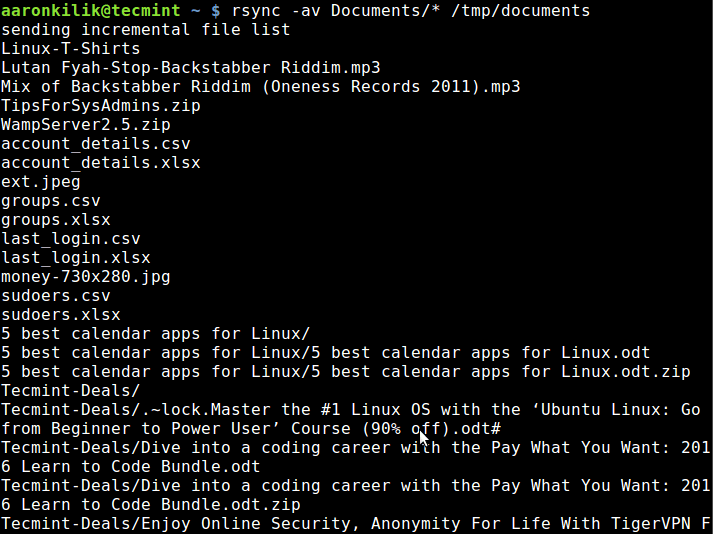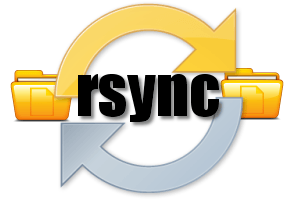
Here, SOURCE is the place where the files or directory will be copied from, and DESTINATION is the place where the files and directories get copied into. If you notice carefully, the difference only lies in the way the source address is mentioned, and each individual has their level of confidence on which one to be used, and hence the utility in the corresponding ways. Therefore, there is no benefit difference in using any syntax over the other. The usage of any of the above syntax solely lies in the developer’s level of comfortability and confidence. Then, while going through the working principle, we can keep the syntax in mind.
Linux grsync software#
Web development, programming languages, Software testing & othersīefore we even jump into understanding what scenarios rsync would help or the working principle of rsync, it is beneficial to understand the syntax behind the rsync.
Linux grsync free#
(thread from KDE's forum.Start Your Free Software Development Course
/backups-506507892-5b92e5b646e0fb002573b358.jpg)
(expains how rdiff-backup works comparing it to rsync) No nice ones for rdiff-backup though.Īnd there's storebackup too, but i don't know that much about it.Īnyway, i just think the most important information for me, regarding backup tools, is what happens to the data, what file structure, how can i browse it and retrieve files / restore backups.Ī few interesting links in my huge bookmarks list. Tools such as Back In Time or Flyback, modeled after Apple's Time Machine (like Ubuntu's TimeVault - unrelated to rsync i think). This saves data, at the cost of a little more complexity, since you can't browse the old snapshots easily with a file browser, only with special tools or rdiff-backup itself. Rdiff-backup creates a mirror for the latest backup, but previous snapshots are kept as "deltas" (the reverse of what you'd expect from a differential backup), which contain information for rdiff-backup to rebuild the old file. This may or may not be a big deal depending on usage. However if a file is changed, the new version is backed up, keeping the old one on the previous snapshots, saving no space. It's easy to retrieve files from whatever snapshot, using a file browser. It saves space by creating hardlinks, so that the same file across snapshots isn't duplicated. I usually look for what the program does to the backups though, like what directory structure, what does it do with old deleted files, changed files, same files.įor instance, rsync can create directories with the date of the backup as its name, and it's structure is the same as what you're backing up (mirror). Grsync is in Ubuntu's Synaptic - make sure you installĪll this can of course be found by a bit of googling, but I thought

When ready run a simulation backup and if all's OK run the actualīackup. The 'Basic Options' tab is the important one. The other options are sort of self-explanatory, although I mustĪdmit never having bothered with the 'Extra Options' tab. exclude-from=".grsync/exclude" in order for the exclude fileĬreated earlier to be referenced by Grsync.

In the 'Additional Options' field under the (Select 'Show Hidden Files' from the menu to see it), and type in the I made a folder named Grsync backups.įor directories that one wants to exclude from backup, you can You can backup to another hard drive, a partition or

It's a front-end for the command line tool rsync and makesīacking up very easy and convenient for recent linux converts


 0 kommentar(er)
0 kommentar(er)
